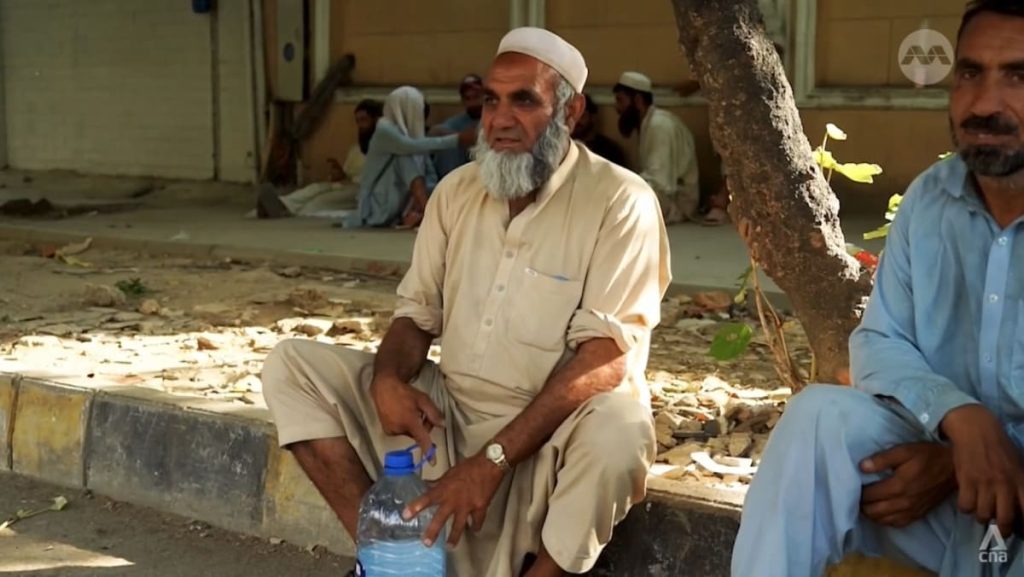Frequent power cuts and an increasing demand for electricity are common issues in Pakistan during the summer months. These power outages can last anywhere from 30 minutes to an hour, with expectations of more blackouts as temperatures rise. The country, facing economic challenges, has struggled to implement a heat action plan to protect its population of 240 million.
In response to the heatwaves, the government has been running awareness campaigns to educate the public on staying safe during extreme temperatures. Suggestions include staying hydrated, covering heads when stepping out, and wearing loose clothing. Special caution is advised for children, pregnant women, and the elderly, who are most vulnerable to heat-related illnesses.
The Pakistan Meteorological Department noted that above-normal rainfall in April was followed by moderate temperatures, which is unusual for the typically hot spring months of April, May, and June. While heatwaves are not typically common during this time, there has been an increase in their frequency. The current heatwave is expected to subside in the coming days but is projected to return in early and late June.
With the heatwave expected to persist and even worsen in the coming weeks, the government and authorities are working to find ways to better protect the population from the adverse effects of extreme heat. Adequate measures and strategies need to be put in place to address power outages, ensure access to cooling facilities, and mitigate the risks posed by rising temperatures. It is crucial for individuals to also take proactive steps to protect themselves and their loved ones during these challenging times.


